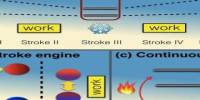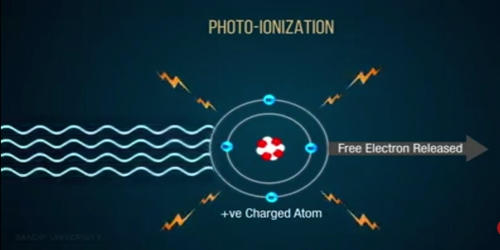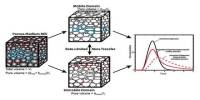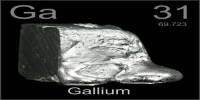Reducing pollutants in the air is important for human health and the environment. Poor air quality has harmful effects on human health, particularly the respiratory and cardiovascular systems. Such pollutants, which include atmospheric vapors, sulphuric fumes, odors and gases, hydrocarbons, and other byproducts, can cause or aggravate serious health and environmental issues. An electrostatic precipitator (ESP) is a filtration device that removes fine particles, like dust and smoke, from a flowing gas using the force of an induced electrostatic charge minimally impeding the flow of gases through the unit. This one common air pollution control device. It is a device that removes suspended dust particles from a gas or exhaust by applying a high-voltage electrostatic charge and collecting the particles on charged plates. The precipitator functions by applying energy only to the particulate matter being collected, without significantly impeding the flow of gases.
In contrast to wet scrubbers, which apply energy directly to the flowing fluid medium, an ESP applies energy only to the particulate matter being collected and therefore is very efficient in its consumption of energy (in the form of electricity). Popular pollution control equipment includes wet scrubbers, air scrubbers, and electrostatic precipitators. Electrostatic precipitators, or ESPs for short, remove particulates from an air/gas stream via an electrostatic charge. Specifically, ESPs are used heavily in industries like petroleum processing, chemical processing, materials handling, textile, machining, electronics, and general manufacturing. Electrostatic precipitators offer a great many benefits to users. For one, they allow for the easy and hassle-free collection of trapped dust and particles, some of which may be reused, leading to significant material savings and a nod to the environment.
In 1824 M. Hohlfeld, a mathematics teacher in Leipzig first described the precipitation of smoke particles by electricity. The first commercially successful process was patented in 1908 following experiments by American chemist Frederick Gardner Cottrell at the University of California, Berkeley. Originally designed for recovery of valuable industrial-process materials, electrostatic precipitators are used for air pollution control, particularly for removing particles from waste gases at industrial facilities and power-generating stations. ESPs can remove up to 99.9% of contaminants from the air without majorly disrupting regular airflow and they widely display high performance; for these reasons, they are popular with the commercial and industrial emissions control systems of many different industries.
Different Types of Electrostatic Precipitators –
Plate Precipitator – This simplest version of an ESP includes thin wires assembled vertically and placed just before a selection of large metal plates. The plate precipitator supplies extreme voltage from the wires to the plates to order to ionize the air and the particles.
Industrial Precipitator – For industries, electrostatic smoke precipitators work as a pollution control mechanism, air filtration system, and as gas emission control systems and dust collectors. The purpose of an industrial precipitator is to ensure that a manufacturing business is abiding by governmental pollution control standards.
Wet Precipitator – These are also branded as wet electrostatic smoke precipitators. As their name signifies, wet precipitators are suitable for liquid exhaust streams. They can remove particulate matter such as the dewdrops of sulfuric acid and other acidic elements from an industrial exhaust outlet.
















